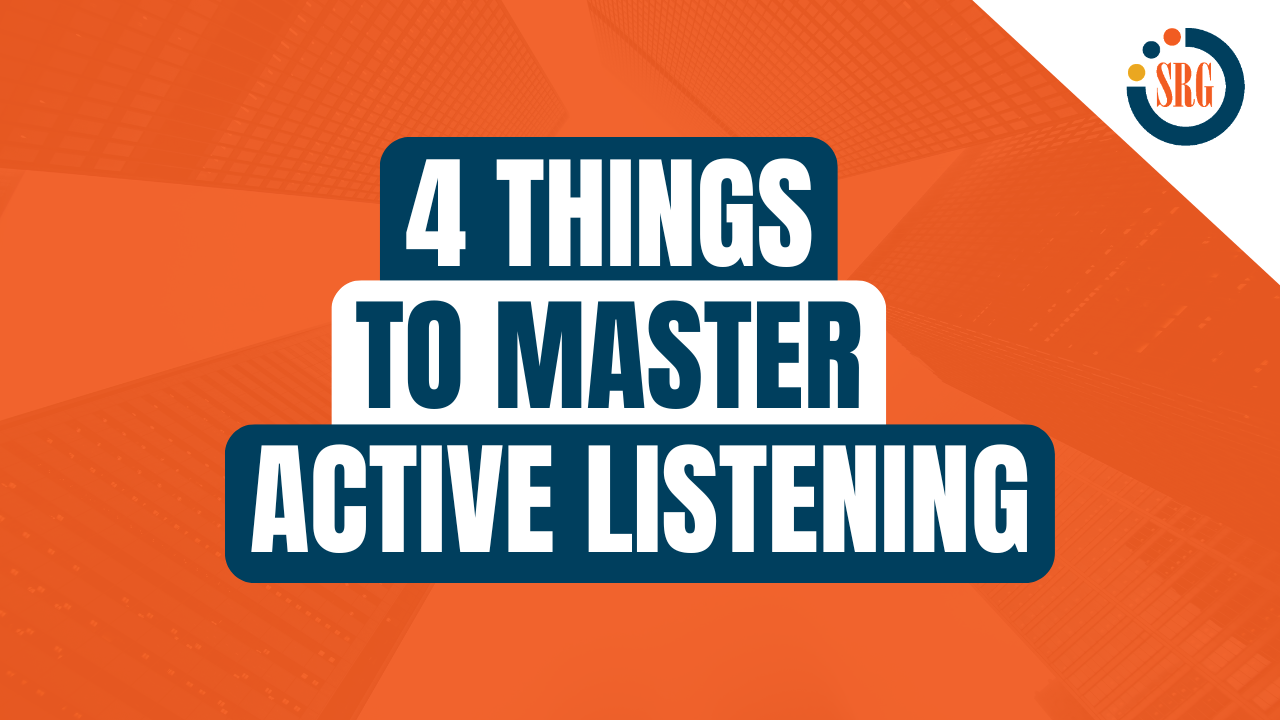Inefficient activity assignment and role clarity issues within your organization can drive down important metrics such as your customer service satisfaction or net promoter scores. As a Sales Leader, you’re liable for understanding where your individual contributors need to be accountable and responsible for external customer listening paths within the customer’s journey. Allocating properly mapped customer listening paths to the appropriate resources will reduce friction in your customer's journey while enabling your sales organization to provide a world-class customer experience. Use this tool as a guide to map out your external customer listening paths and delineate which teams are accountable and responsible for handling these interactions in the short and long term.
Why Assigning Listening Paths Matter
Your sales organization plays a critical role in the impression your customers have about the products and services they are planning to buy or have just purchased. It’s important that the sales rep has a clear understanding of the customer’s reasoning for purchase, different use cases, and other factors that can lead to long-term retention as well as additional cross-sell and upsell opportunities. To learn more about customer listening paths and the ones that you should prioritize. If you’re unsure where to start or how to assign listening paths to the proper resources, it’s best to start off by determining where different listening paths fall within your customer’s journey.
Which Listening Paths Should Sales Reps Cover?
Won Customers
As stated before, your sales reps should be comfortable with understanding unique customer use cases and any problems or additional comments the customer might have about the products or services that have just been sold to them. Depending on what your account transition process looks like and where it occurs within the customer's journey should be a deciding factor in how long sales reps are accountable and responsible for initial customer interactions.
Assigning listening paths such as win analyses, customer surveys, and interviews to the closing sales rep in the short term is required for a frictionless customer’s journey. At this stage, your new customer is a close confidant to your sales rep and should hear first-hand how the customer’s initial experience is going via interview or survey. Now, as we approach the long-term (3-6 months) it may be more appropriate for a customer success team member to manage these listening paths, however, every organization is structured differently and there is no ‘one-size-fits-all’ approach.
Lost Customers
For listening paths such as loss analyses and customer churn interviews, it’s also vital for the closing sales rep to be responsible and accountable for lost customer interactions. Your company needs to get to the bottom of why a specific customer churned or why they decided that your services weren’t necessary. Was the deal or customer lost to a market competitor with a more enticing offer? Does your product lack the capabilities necessary to address the customer’s specific needs? Even unfortunate timing and poor budgeting may affect your reps’ chance of closing the deal. Sales reps need to be aware of factors that contribute to a lost deal or churned customer. Executing these uncomfortable conversations will improve their ability to ensure won deals and longer customer retention in the future. Feel free to also invite members of your product or marketing team where applicable to discuss interview and survey findings to curate a better experience for prospects and customers holistically.
How Does This Impact Your Customers?
Sales reps need to stick around longer through the customer journey and should not offload their customers to account management or customer success resources without executing initial listening paths such as surveys, interviews, and other methods which reveal insights that can lead to longer retention or additional cross-sell and upsell opportunities down the road. Closing sales reps should handle initial conversations that occur in the short term as they have the closest relationship to the customer at that time in the buying process. This reduces friction in the customer’s journey. Implementing listening paths for prospects & customers after a lost deal can provide a treasure trove of insights on how to improve the buying process and/or uncover product recommendations that can be relayed to the appropriate groups. Depending on your organization's structure, these types of activities should involve active and open communication between your sales, customer success, marketing, and product team resources as new customers transition into long-term customers and lost customers can one day return to a more refined experience.
Remember if you’re unsure how listening paths should be properly assigned, this template will help get you organized and should be shared with every group responsible for customer touchpoints along the journey. Also, if you’d like GTM consultation from one of our experts, please feel free to contact us here.




